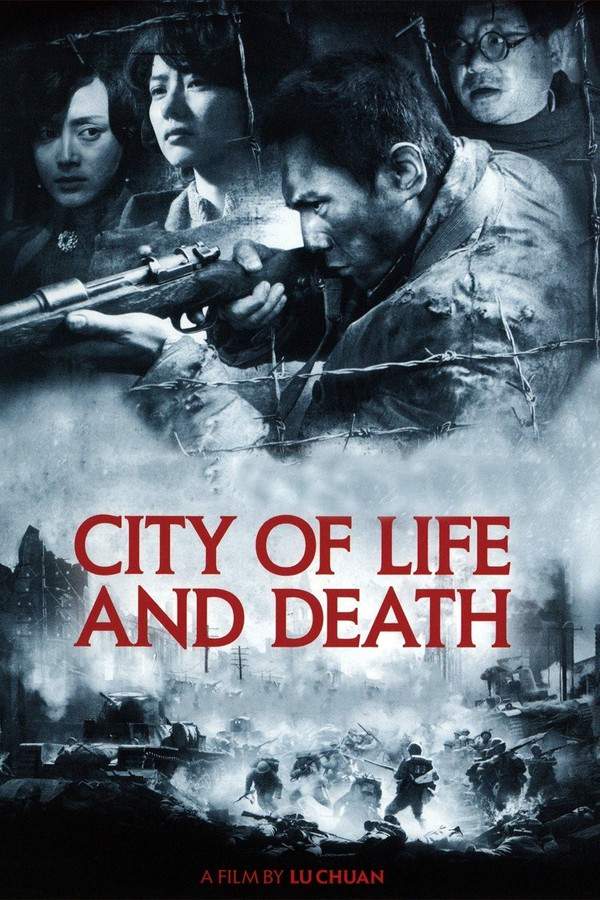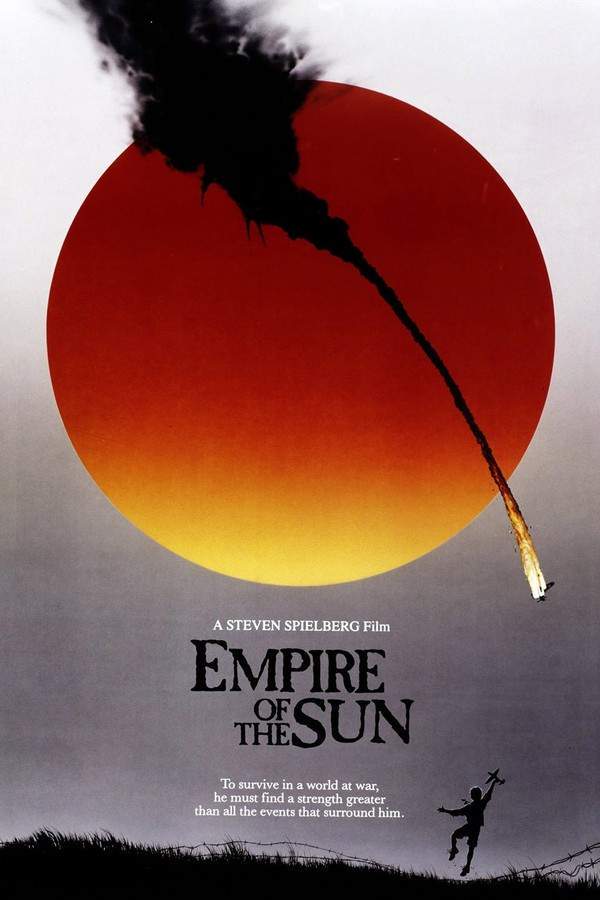
Men Behind the Sun
Year: 1988
Runtime: 105 mins
Language: Cantonese
Director: Mou Tun-Fei
The film graphically portrays the wartime atrocities carried out by Japan’s Unit 731, the secret Imperial Army program that conducted biological‑weapon experiments in World War II. The film does not shy away from graphic gore, making the horror vivid. It chronicles the brutal medical tests inflicted on Chinese and Soviet prisoners, exposing the horrific methods and suffering inflicted at the war’s end.
Warning: spoilers below!
Haven’t seen Men Behind the Sun yet? This summary contains major spoilers. Bookmark the page, watch the movie, and come back for the full breakdown. If you're ready, scroll on and relive the story!
Men Behind the Sun (1988) – Full Plot Summary & Ending Explained
Read the complete plot breakdown of Men Behind the Sun (1988), including all key story events, major twists, and the ending explained in detail. Discover what really happened—and what it all means.
“Friendship is friendship; history is history.”
A group of Japanese boys are conscripted into the Youth Corps, then assigned to the Kwantung Army and ushered into a facility tied to Unit 731, headed by Lt. Gen. Shirō Ishii. There, they witness brutal experimentation conducted in the name of science, with the goal of finding a highly contagious strain of bubonic plague to be used as a last-ditch weapon against the Chinese population. The atmosphere is tense, clinical, and deeply unsettling as the young recruits grapple with what they are being asked to witness and participate in.
Across the grim corridors, the boys strike up a fragile friendship with a local mute Chinese boy, and they spend time tossing a game of catch together, trying to hold onto a sense of humanity amid the horrors around them. Yet orders soon pull them away from this small glimmer of innocence. They are instructed to bring the Chinese child back to the facility, and in a moment of naive compliance they go along, convinced that harm will not come to the boy. Instead, they witness a harrowing act: the senior medical staff vivisect the child and preserve his organs for research. The shock of this atrocity ignites a small, desperate uprising among the youths, who rally to defend the vulnerable and push back against cruel authority.
As the narrative tightens, a pivotal revelation reshapes the dynamics of power within the camp. The doctor at the center of the operation, [Lt. Gen. Shirō Ishii], pushes forward with a chilling weapon: a prototype ceramic bomb designed to keep fleas alive inside and subvert conventional defenses. To test its efficacy, he orders Chinese prisoners to be tied to crosses for a grim demonstration. The plan falters as aerial forces retreat, and chaos erupts: Chinese prisoners break free, while Japanese troops close in, shooting or trampling many in a frantic, brutal scramble.
When the world learns of the atomic bombings of Hiroshima and Nagasaki, and Russia declares war, the camp’s leadership faces its own collapse. Ishii orders his subordinates and their families to commit suicide, but a shift in mindset leads to a reluctant evacuation rather than mass suicide. The facility then destroys its own research, erasing evidence and disposing of test subjects by killing them, even as the remaining infrastructure is blown to pieces.
That night, the soldiers and their families wait at a train station, hoping to return home to Japan. A lone survivor of Unit 731, disguised as a Japanese soldier, attacks one of the waiting crowds but is suddenly stopped, impaled by a Japanese flag. The sight leaves the Youth Corps clutching the blood-stained flag in stunned silence as they depart, a stark image of the war’s lingering specter.
In the years that follow, the story reveals a troubling aftermath. Ishii cooperates with the Americans, turning over his research and agreeing to work for them. He is later moved to the Korean War, where biological weapons appear on the battlefield again, underscoring the enduring legacy of the experiments. The Youth Corps, forever linked to 731, are shown to endure hard lives after the war, their wartime involvement casting a long shadow over their education and future prospects, a weight that lingers long after the conflicts have ended.
Last Updated: October 09, 2025 at 14:24
Unlock the Full Story of Men Behind the Sun
Don't stop at just watching — explore Men Behind the Sun in full detail. From the complete plot summary and scene-by-scene timeline to character breakdowns, thematic analysis, and a deep dive into the ending — every page helps you truly understand what Men Behind the Sun is all about. Plus, discover what's next after the movie.
Men Behind the Sun Timeline
Track the full timeline of Men Behind the Sun with every major event arranged chronologically. Perfect for decoding non-linear storytelling, flashbacks, or parallel narratives with a clear scene-by-scene breakdown.

Similar Movies to Men Behind the Sun
Discover movies like Men Behind the Sun that share similar genres, themes, and storytelling elements. Whether you’re drawn to the atmosphere, character arcs, or plot structure, these curated recommendations will help you explore more films you’ll love.
Explore More About Movie Men Behind the Sun
Men Behind the Sun (1988) Scene-by-Scene Movie Timeline
Men Behind the Sun (1988) Movie Characters, Themes & Settings
Men Behind the Sun (1988) Spoiler-Free Summary & Key Flow
Movies Like Men Behind the Sun – Similar Titles You’ll Enjoy
City of Life and Death (2011) Plot Summary & Ending Explained
Empire of the Sun (1987) Movie Recap & Themes
Japanese Devils (2001) Spoiler-Packed Plot Recap
Blood Oath (1990) Ending Explained & Film Insights
Back Door to Hell (1964) Movie Recap & Themes
The Camp on Blood Island (1958) Film Overview & Timeline
Women in the Night (1948) Film Overview & Timeline
Yesterday’s Enemy (1959) Full Summary & Key Details
Philosophy Of a Knife (2008) Spoiler-Packed Plot Recap
Men Behind the Sun 3: A Narrow Escape (1994) Ending Explained & Film Insights
Black Sun: The Nanking Massacre (1995) Plot Summary & Ending Explained
Blood on the Sun (1945) Complete Plot Breakdown
City of Life and Death (2009) Complete Plot Breakdown
Man Behind the Sun 2: Laboratory of the Devil (1992) Full Movie Breakdown
The Human Condition II: Road to Eternity (1959) Full Summary & Key Details

















